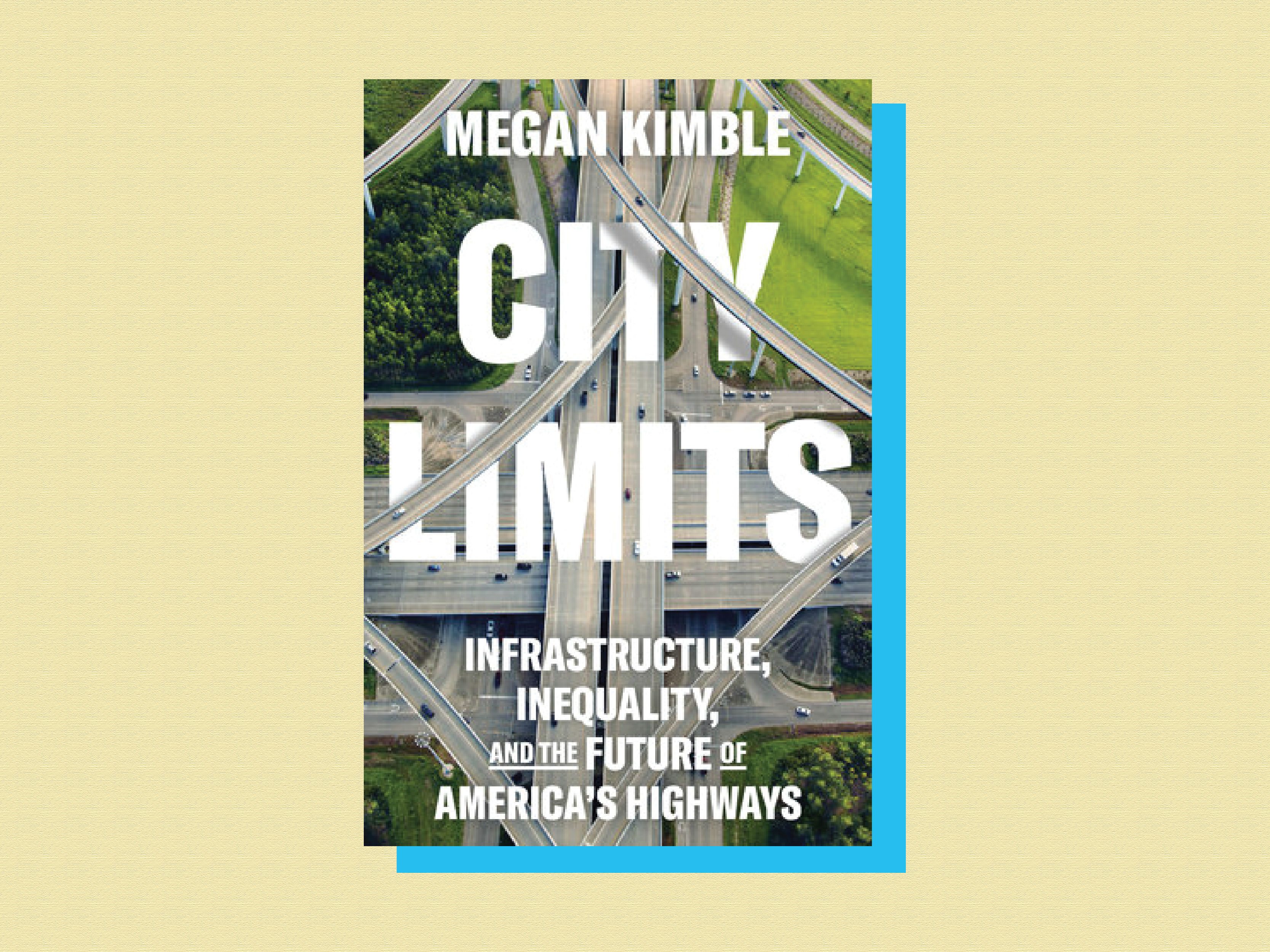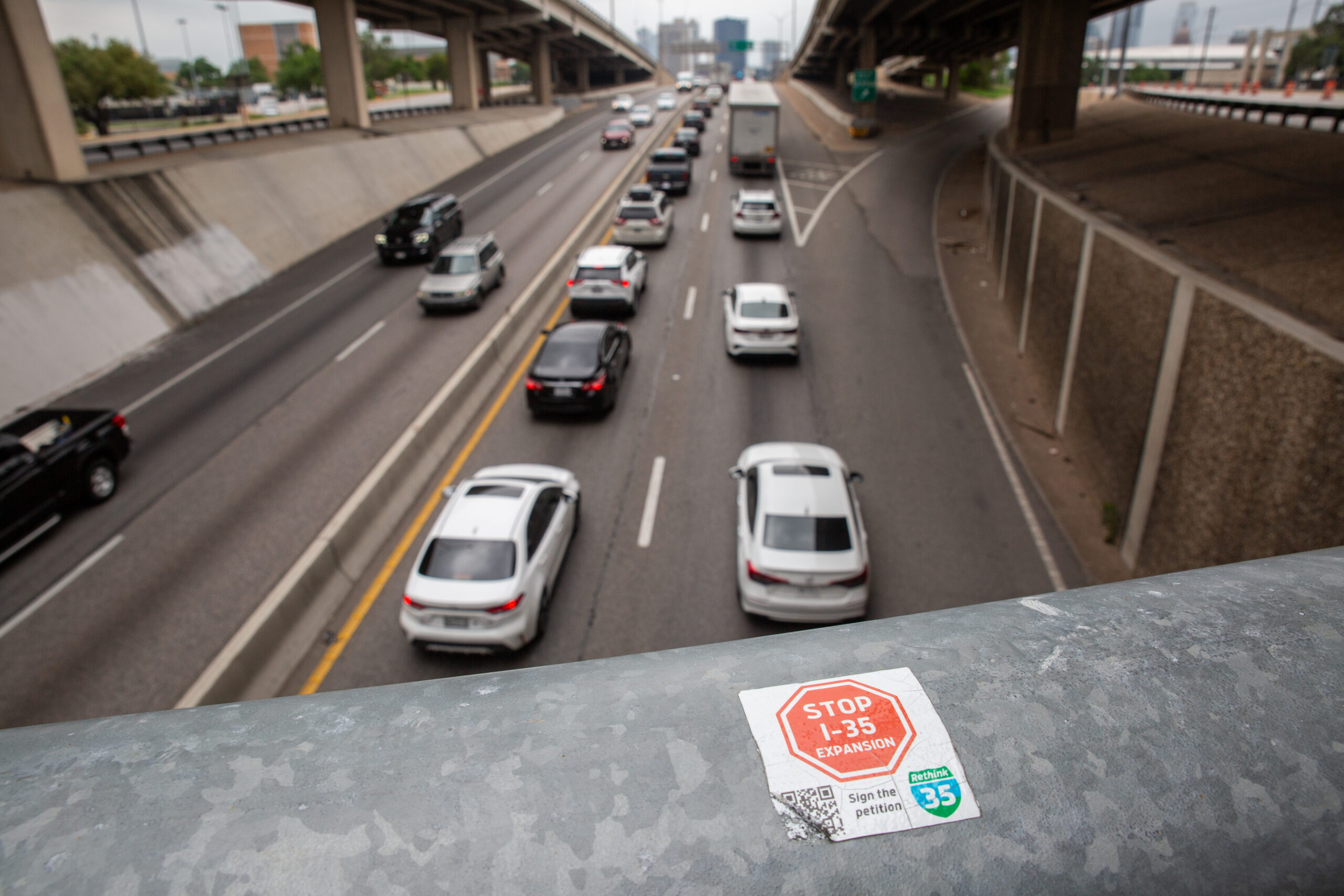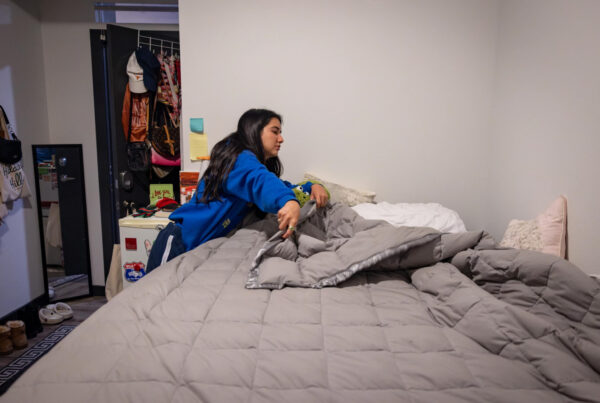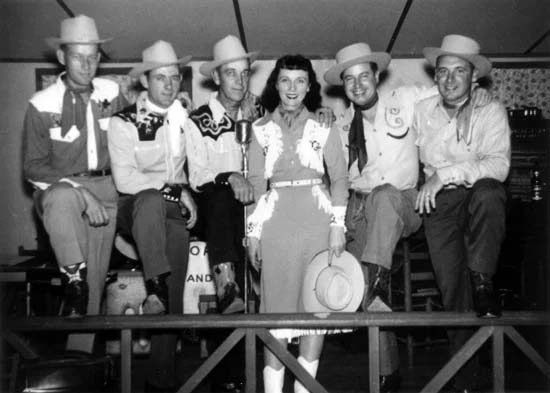In urban Texas, highways have been central to the way we move from place to place. Giant roadways bisect or loop around a city, commuters whizzing down ribbons of concrete and steel at top speed.
But some Texans are beginning to challenge long-held assumptions about highways, asking whether the destruction of neighborhoods required to build them and the segregation these projects intensify are worth the promised quicker commute.
These activists even question a basic assumption about highways – that bigger roads reduce traffic congestion.
In her book, “City Limits: Infrastructure, Inequality, and the Future of America’s Highways,” journalist Megan Kimble examines the effort to rethink urban highways in Texas. She also traces the history of racism and inequality that carved up communities in three of the state’s’ largest cities.
She told the Standard why she wanted to focus on highways in Houston, Dallas and Austin. Listen to the interview above or read the transcript below.
This transcript has been edited lightly for clarity:
Texas Standard: Much of your book focuses on highways in three Texas cities. What’s especially interesting about these highway projects in Houston, Austin, and Dallas?
Megan Kimble: I live in Austin. I live about a mile from I-35, which runs right through the heart of the city. So I started reporting the book in early 2020, when I heard about the Texas Transportation Commission voting to allocate more than $4 billion to expand this highway.
And as I started reporting on highway expansions across the state, I learned about the North Houston Highway Improvement Project, which locals called the I-45 project, which I think is known as notable simply because of its scale and scope. It is a massive highway expansion. It’s grown to be a nearly $10 billion project that will displace 1,200 people, 300 businesses and take about 450 acres of land. So it has an enormous impact on the city. And accordingly, there is a pretty robust opposition to that project.
And then I went to Dallas to look into a campaign that’s about a decade old to remove a stretch of highway called I-345 that bounds the eastern edge of downtown. And that was really compelling to me, because that is ultimately the argument of the book – that we actually don’t need a lot of these urban highways, and that land could be put to much better use.
» THE DRILL DOWN: Understanding what’s going on with I-35’s expansion in Austin
Texas Standard: I want to delve into a lot of those issues, but first, history is a big part of the story. You tell how urban highways came to be in Texas and around the country, and you also trace the ways this affected neighborhoods. Can you sketch out a bit of the around I-45 in Houston, and what happened to the neighborhoods around it when it was built?
Yeah, a lot of these highways were initially built through Black and Hispanic communities. This happened in the 1950s and ’60s. The Voting Rights Act had not yet passed, and city planners very intentionally routed highways through redlined neighborhoods. Which means neighborhoods that were denied access to credit from the federal government a decade or two earlier simply because they had populations of Black and Hispanic people in them.
So in Houston, I chronicle the construction of I-10, which goes straight through the middle of the Fifth Ward, a historically Black neighborhood. And that highway took out three full city blocks. So it demolished about 1,200 structures just in this one neighborhood.
I talked to a woman – her name’s Onari Guidry – who lived in one of those homes, and her family was displaced to another neighborhood. And she was determined to graduate from Phillis Wheatley High School. So she walked three miles back to school.
So these highways had an enormous disruptive impact on these communities. In addition to displacing people, they cut the neighborhoods in half. They really severed and segregated cities across Texas and the country.
And in recent years, the plan to expand I-45 and uproot hundreds of homes and businesses got unexpected pushback from Houston residents. What are the plans to expand the highway now and how did the residents affect that?
So this group called Stop TxDOT I-45 started knocking on doors across the city to say, “hey, do you know about this highway expansion that’s either going to displace you or your neighbors?” And a lot of people were appalled to hear about it. They didn’t know it was coming. People who lived in the footprint of the expansion had no idea that it would impact them.
And so some of those people filed a civil rights complaint with the federal government, alleging that the project violated Title VI of the Civil Rights Act because it disproportionately impacted Black and Hispanic people. And as a result, FHWA, the Federal Highway Administration, paused that project for more than two years while it investigated these serious concerns.
Meanwhile, Harris County actually sued TxDOT for sort of similar reasons, alleging that it had not listened to community concerns. And as a result of those two actions, TxDOT came to the table and negotiated. It’s currently under what’s called a voluntary resolution agreement. So the expansion is moving forward, but under pretty strict surveillance by the community and by FHWA.
According to this voluntary resolution agreement, they have to do much more community outreach. There’s more flood mitigation measures. They’re building caps over the highway.
So I would say on the whole, the community got really important concessions from TxDOT because of this fight that wouldn’t exist without this grassroots opposition.














